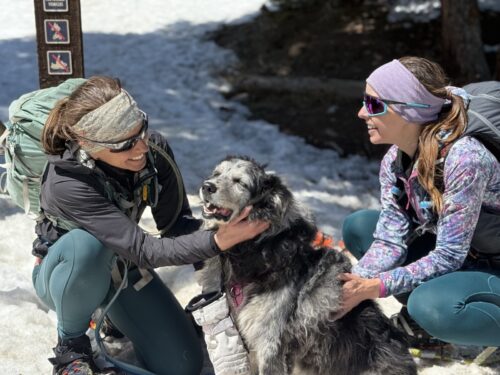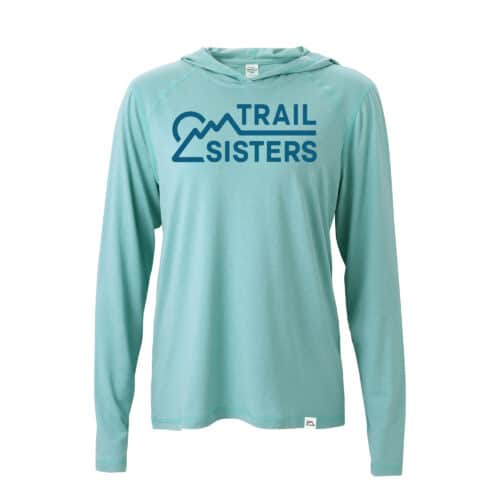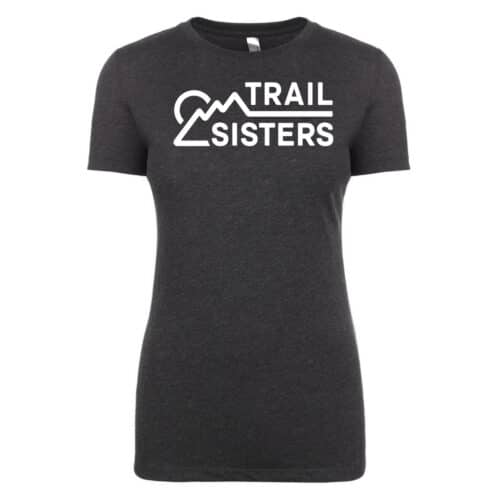Main Menu
Cold-Weather Hydrating

Jen is a sports dietitian with Active Fueling, based out of Denver Colorado. Jen is passionate about helping athletes of all levels learn how to best fuel themselves, for exercise and life! Jen loves running, cycling, and skiing uphill, as well as hanging out with her “pack”-husband, doggie, and daughter!
Share This Article!
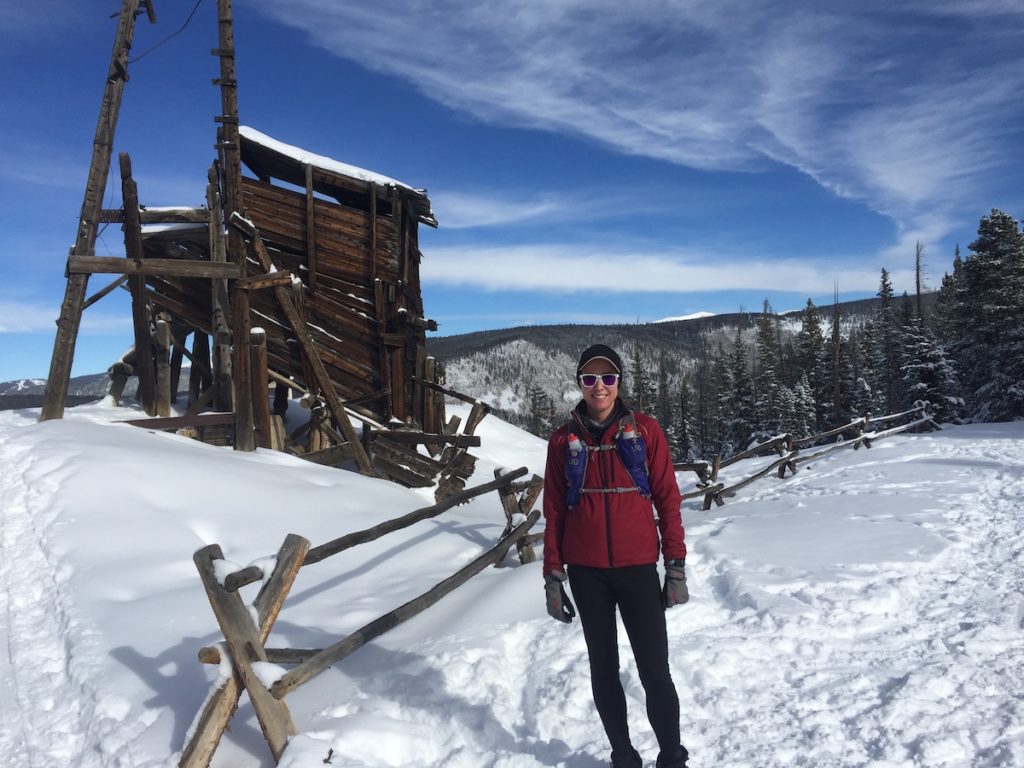
It’s an easy mistake to make: not hydrating enough during cold-weather runs (or other winter activities). Cold weather tends to dull our sense of thirst and water is usually less appealing in the colder months. It’s true you typically don’t sweat as much in the cold as you do in the warmer months, so you might assume you don’t need much water- but you do! Why? In addition to sweat, your body loses fluid through respiration, and this is magnified with heavy breathing in the cold dry air, especially at altitude! Many runners also have to urinate more often in the cold due to cold diuresis. Additionally, if you are over-dressed you may actually be sweating even more than you would during a workout in warmer temps.
Why does this matter? Studies have shown that more than a 2% loss of body weight from fluids can start to hamper performance. You may also feel physically unwell if you are dehydrated, and if it gets extreme, dehydration can be deadly.
So how do you know if you are dehydrated? You may be able to tell by your urine color and volume. If it’s dark and has a strong odor, you are likely dehydrated. If you barely have any urine to expel despite not peeing in a long time you are definitely dehydrated! Ideally, your urine should be almost clear to pale yellow and you should be urinating every 2-3 hours. Some vitamins and foods can alter the color of your urine, however, so if you are taking supplements be aware that they may be part of the discoloration. Same with beets and beet juice, which can make your urine pink! If you are dehydrated, you may also notice that you feel more tired or fatigued than usual after your workout. If the dehydration is extreme you may feel dizzy, nauseous, and/or have trouble regulating your body temperature.
How much water do you need during cold-weather workouts? Fluid recommendations vary but generally fall within the range of 6-12 ounces every 15-20 minutes (18-48 oz per hour) during exercise. That’s a pretty wide range because human sweat rates are highly variable. It’s important to figure out how much is right for you, as both over and under-hydration come with consequences.
With over-hydration you risk uncomfortable stomach sloshing, excessive bathroom breaks, or even dangerous hyponatremia (low sodium) in rare cases. The best way to figure out how much fluid you need is by doing a sweat rate test. To do this, weigh yourself naked before your run. Then complete a 60 minute run without eating or drinking anything during the activity. Do not use the bathroom during this hour either. Once you are done immediately weigh yourself, naked again. Take the difference between your starting and finishing weights (remember there are 16 ounces in 1 pound). That is your sweat rate in ounces per hour. So, for instance, if you weighed 1.5 pounds less after a 1 hour run you should aim to drink about 24 oz per hour (16×1.5= 24). For long efforts you’ll need to consider adding in electrolytes as well.
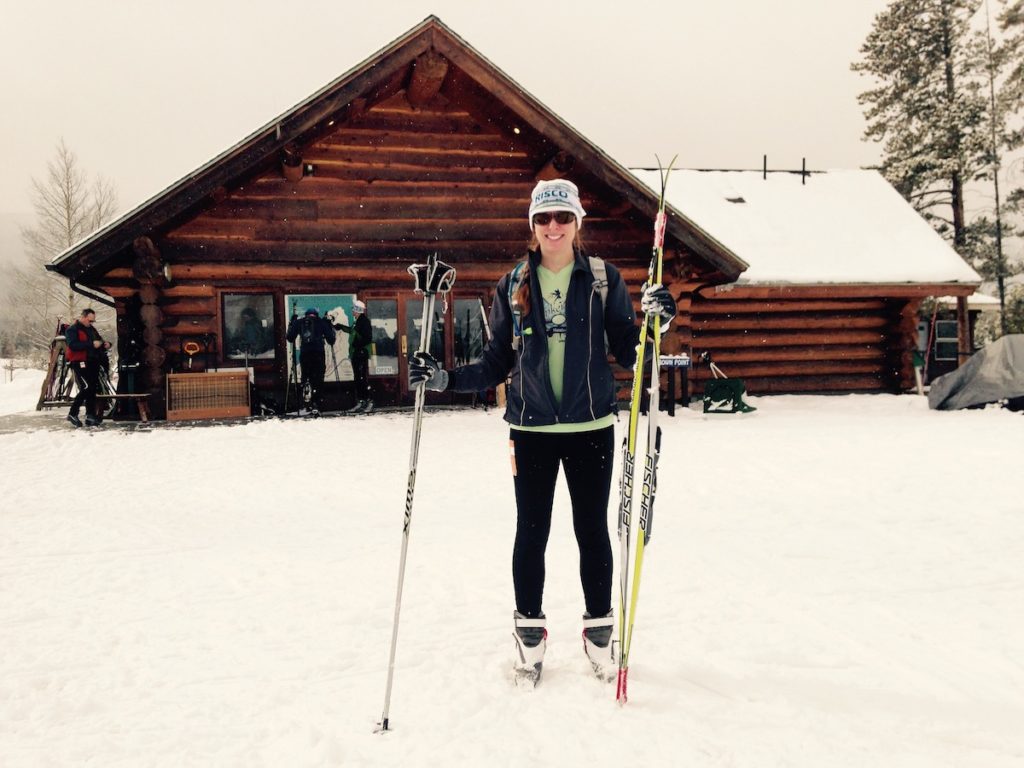
Remember that your sweat rate will be slightly different during different conditions, at different intensities, and during different activities, so you may want to do this test several times under a variety of conditions. At the very least do the sweat rate test once in the summer and once in the winter so you can pinpoint differences in your sweat rate during those seasons.
Struggling to meet your fluid needs now that you know how much you need? Try slowly increasing the amount of water you are drinking on the run. Aim to take small sips frequently instead of chugging a bunch at once. It might help initially to set a goal and keep an eye on your watch, such as committing to taking a couple of sips every 5 minutes. Water not sound appealing? Try using room temperature or warmer water during cold-weather workouts. Using warm beverages will also help prevent your water bottle lid/hydration pack tube/or the fluid itself from freezing, which is a common occurrence during cold weather activities, and which will certainly make it harder to stay hydrated! Adding salt/electrolytes to your water will help prevent freezing as well. Adding flavor can sometimes help make water more appealing, so try throwing a lemon wedge or sports drink such as Skratch Labs into your bottle. You can also use warm beverages such as hot chocolate or soup broth for your post-workout fluid replacement (or during if your stomach can handle it).
It’s also important to start a run well hydrated, so pay attention to your day to day fluid intake. You may have heard the “8 glasses per day” (64 oz) recommendation, but that’s not appropriate for everyone. To roughly calculate how many ounces of fluid you need per day, take your body weight in pounds and divide that number in half. That’s about how many ounces you need just for daily life, not including exercise. All non-caffeinated fluids count towards the total – water, milk, juice, sports drinks etc.
Happy hydrating!
About the Author

Jen is a sports dietitian with Active Fueling, based out of Denver Colorado. Jen is passionate about helping athletes of all levels learn how to best fuel themselves, for exercise and life! Jen loves running, cycling, and skiing uphill, as well as hanging out with her “pack”-husband, doggie, and daughter!
Share This Article!



